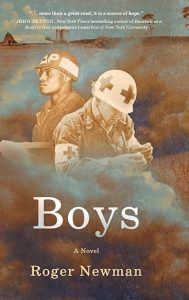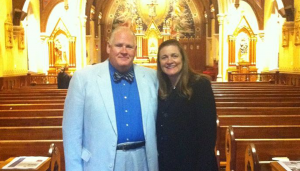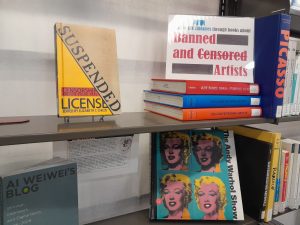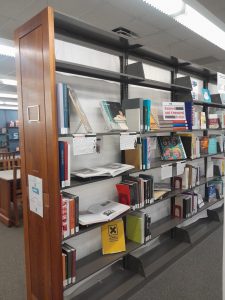The University Libraries will host a book launch for Roger Newman, M.D., a specialist and member of the faculty at the Medical University of South Carolina. He is also a prolific novelist and distinguished alumnus of Seton Hall University.
His latest tome is entitled: “The Boys” which is a work of historical fiction that explores the relationship between two brothers from North Carolina who were raised on a dairy farm during the Great Depression era. They both join the military to fight in WWII but become estranged before reuniting in 1969 when unexpected circumstances bring them back together. Their respective lives are explored along with the bonds of fraternity and racial relations as one brother is White and the other is African American.

In addition to Boys, Roger Newman is the author of a series of medical thrillers: Occam’s Razor, Two Drifters, and What Becomes; and the historical fiction novel Will O’ the Wisp: Madness, War, and Recompense.
For more information on Roger Newman please consult his homepage for more information on his life and works.
This event will be co-sponsored by the University Libraries and the College of Human Development, Culture & Media will take place on Wednesday, February 5th from 1:00-2:30 p.m. in the Common Area located on the second floor of Walsh Library. Refreshments will be served.

We welcome you to our information center in the near future, but in the meantime if you need detailed help through the University Libraries. You can book a research appointment here: Research Appointment Site.




